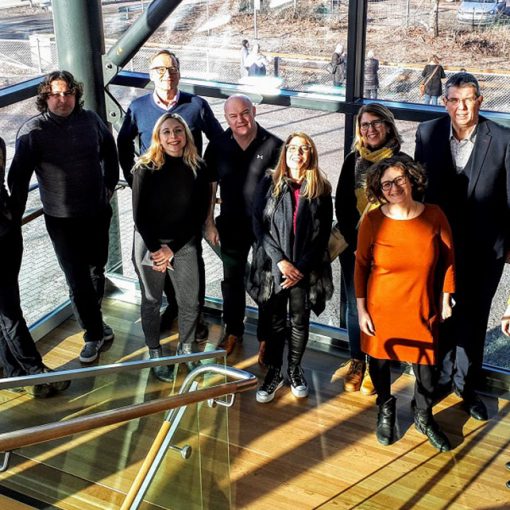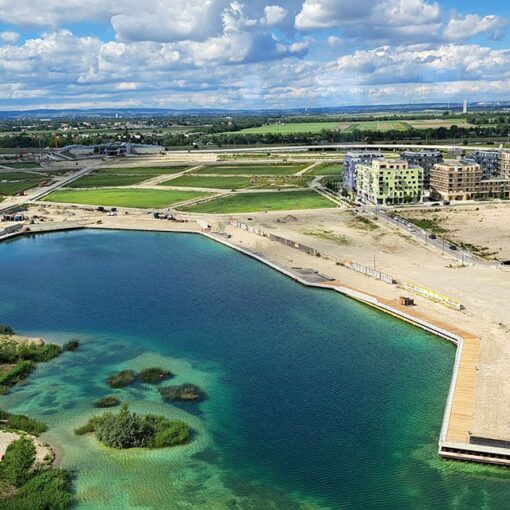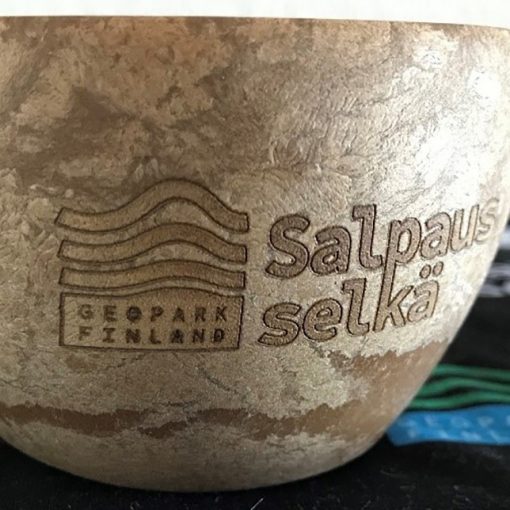Construction and demolition waste (CDW) amounts for more than a third of all waste created in the EU (European Commission 2021). Even though the share of hazardous materials in CDW is not significant, there are still come negative effects, like soil destruction, water regime disturbances, pollution and animals’ range disturbances (Oleynik 2016, 2). CDW is generated through the entire life cycle of a construction project, from the production of construction materials to the demolition or disassembly of the building or structure. This way the influences the construction sector imposes on the environment and the economy are constant and long-lasting. This is why measures need to be taken to prevent excess waste from occurring and construction and demolition waste management (CDWM) needs to be practiced from the project’s beginning.
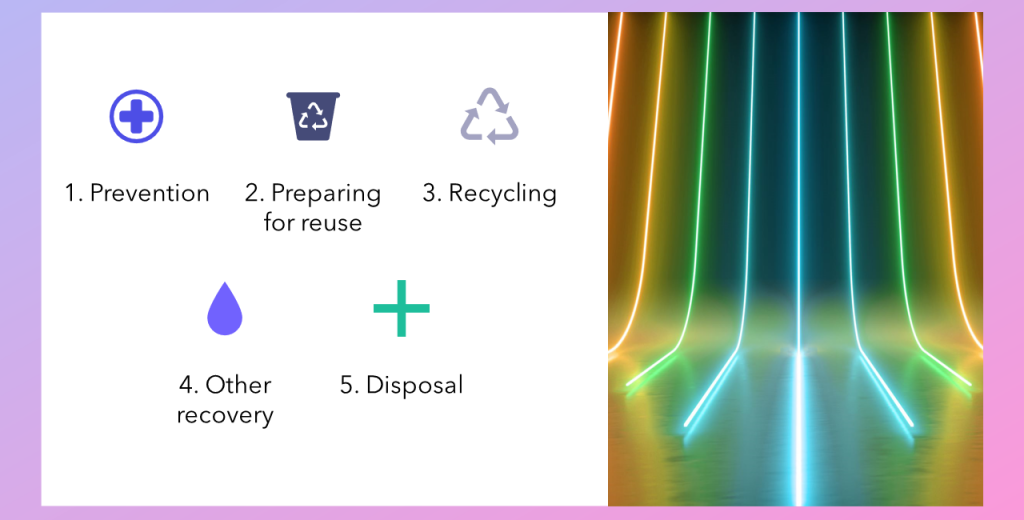
How to think ahead?
As specified in the Directive 2008/98/EC, the first step in waste management is always finding ways to prevent waste generation. Preventing waste from its generation is especially important, as it takes significantly less resources to prevent waste at the design stage, than to deal with the waste afterwards. However, this approach has many sides to be considered. Selecting materials that are more efficient in installation, careful design checking for mistake elimination and designing for easy disassembly for the end of the building’s life cycle are some of the key areas in developing construction waste management. Today, the process of waste prevention for the construction is greatly simplified by the tools like Building Information Modeling (BIM). BIM is a process of collaboration between architects, engineers and other professionals for designing a building or a structure within one 3D model (Lorek 2021). BIM helps with avoiding design collisions and allows very precise construction material calculations. Still, digital tools are not the only thing to be focused on, as sometimes solutions lie beyond and need a bright mind to find them.
Example of forward thinking in design solution
An example of predictive waste minimization was observed during the Construction Waste Management: Case Studies YIT Russia -thesis in Saint-Petersburg. A segment of concrete cast-on-situ a wall, separating two flats, was replaced by concrete blocks. The idea behind this design solution is to decrease waste by weight output in case if there will be a need to combine the flats in the future. This solution also simplifies renovation works, as disassembling concrete block walls is a much cleaner and easier process, than to cut through the concrete wall. The segment is then sealed with drywall and specified in the documentation for the future owners (Mladenov 2021, 27-28.).
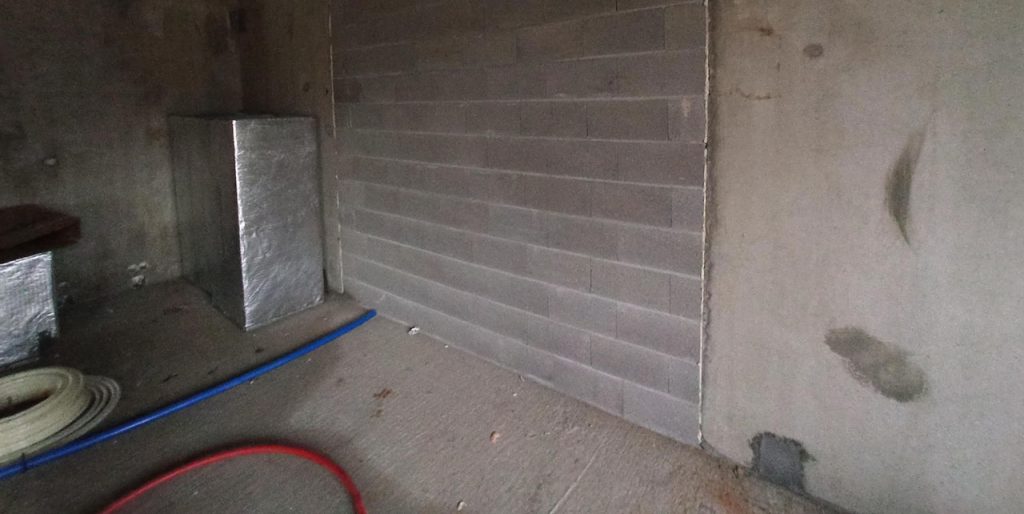
Forward thinking for decreasing CDW lies not only in analyzing the materials and their end point in conventional terms, but also in outside of the box thinking. Figuring how the final product is going to be used and taking into the account extra potential waste generation may bring about many more helpful design ideas. Good ideas are often not obvious and require an open mind to find them.
Authors
Mladenov Aleksandar is a graduate student at LAB University of Applied Sciences. He participated in the Double Degree Program in Civil and Construction Engineering
Anne-Marie Tuomala is a lecturer at LAB University of Applied Sciences, who specializes in the Building, Society and Environment
References
Directive 2008/98/EC. Directive of the European Parliament and of the Council of 19 November 2008 on waste and repealing certain Directives (Text with EEA relevance). [Cited 23 April 2021]. Available at https://eur-lex.europa.eu/legal-content/EN/TXT/?uri=celex%3A32008L0098
European Comission. 2021. Construction and demolition waste. [Cited 10 May 2021]. Available at: http://ec.europa.eu/environment/waste/construction_demolition.htm
Lorek, S. 2021. What is BIM (Building Information Modeling). [Cited 10 May 2021]. Available at: https://constructible.trimble.com/construction-industry/what-is-bim-building-information-modeling
Mladenov, A. 2021. Construction Waste Management: Case Studies YIT Russia Overview of construction waste management at YIT construction sites and suggestions for further development. Bachelor’s thesis. LAB University of Applied Sciences, Double Degree Program in Civil and Construction Engineering. [Cited 23 April 2021]. Available at: http://urn.fi/URN:NBN:fi:amk-202104195083
Oleynik, S. P. 2016. Construction waste in renovation of buildings and structures. Russian journal of resources, conservation and recycling 3 (2). [Cited 23 April 2021]. Available at http://resources.today/PDF/02RRO216.pdf
Links
Mladenov, A. 2021. Construction Waste Management: Case Studies YIT Russia Overview of construction waste management at YIT construction sites and suggestions for further development. Bachelor’s thesis. LAB University of Applied Sciences, Double Degree Program in Civil and Construction Engineering. [Cited 23 April 2021]. Available at: http://urn.fi/URN:NBN:fi:amk-202104195083
Pictures
PIcture 2. Mladenov, A. 2021. Demolishable wall design solution for apartment conjunction. In: Construction Waste Management: Case Studies YIT Russia. Bachelor’s thesis. LAB University of Applied Sciences, Double Degree Program in Civil and Construction Engineering. 27. [Cited 12 May 2021]. Available at: http://urn.fi/URN:NBN:fi:amk-202104195083

